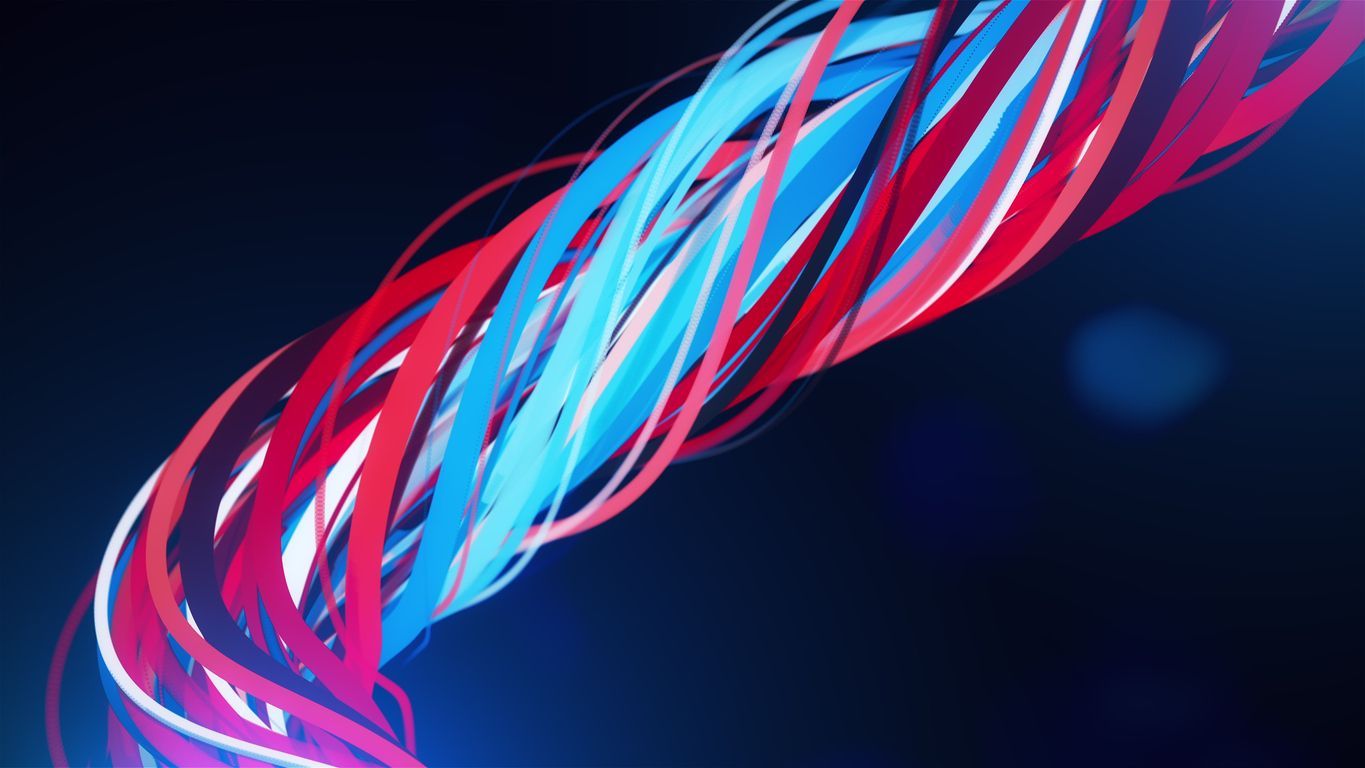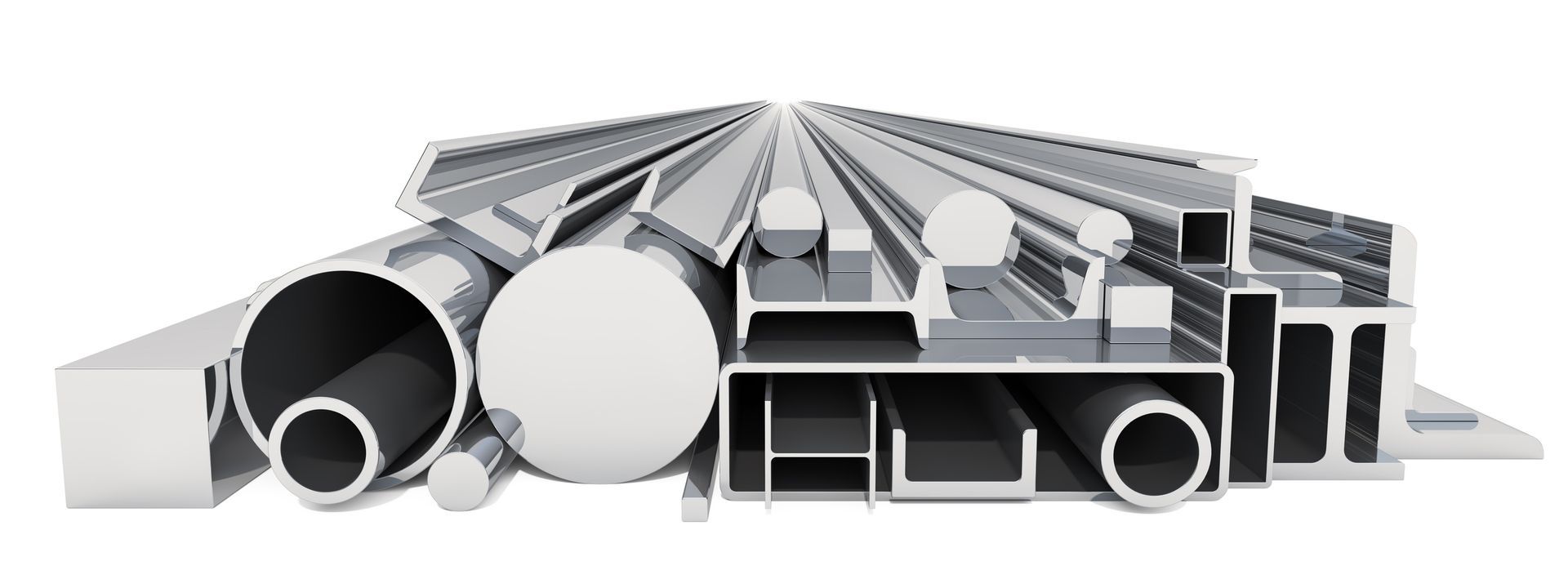Contact info
2030 Will Ross Court, Chamblee, GA 30341
404-334-7064
quotes@zyci.com
CHOOSE THE RIGHT TYPE ANODIZING FOR YOUR APPLICATION
Anodizing is an electrochemical process that involves the formation of an oxide layer on the surface of aluminum. It offers several benefits, including increased corrosion resistance, improved durability, enhanced aesthetics, electrical and thermal insulation, and environmental friendliness.
Now let's explore the different types of anodizing:
- Type I: Chromic Acid Anodizing (CAA) is the oldest and least common type of anodizing. It uses a solution of chromic acid as the electrolyte. CAA produces a thin and porous anodized layer, typically around 0.5 to 2.5 microns thick. The layer is amorphous and provides minimal corrosion protection but offers excellent adhesion for paints and adhesives. CAA is mainly used in aerospace applications.
- Type II: Sulfuric Acid Anodizing (SAA), also known as conventional or regular anodizing, is the most widely used type of anodizing. It utilizes a sulfuric acid solution as the electrolyte. SAA produces a thicker and more corrosion-resistant oxide layer compared to CAA, typically ranging from 5 to 25 microns thick. The anodized layer can be dyed to achieve various colors and provides good adhesion for paints and adhesives. SAA is commonly used in architectural, automotive, and consumer goods applications.
- Type III: Hardcoat Anodizing (HAA), also known as sulfuric acid hardcoat or hard anodizing, is a specialized type of anodizing that produces a thicker and harder anodized layer. It is achieved by using a more concentrated sulfuric acid solution and lower temperatures compared to SAA. The resulting oxide layer is typically 25 to 150 microns thick and significantly increases the surface hardness and wear resistance of the aluminum. HAA is commonly used in applications where high wear and abrasion resistance are required, such as automotive pistons, hydraulic cylinders, and firearms.
- Type IV: Tartaric-Sulfuric Acid Anodizing (TSA), also known as thin-film sulfuric acid anodizing, is a specialized anodizing process primarily used for aluminum alloys with high copper content. It involves the use of a mixed electrolyte of sulfuric acid and tartaric acid, which produces a thin and uniform anodized layer with excellent corrosion resistance and minimal dimensional change. TSA is commonly used in aerospace applications for parts that require minimal coating weight or tight dimensional tolerances.
It's worth noting that the types of anodizing mentioned above are commonly used, but other variations and proprietary processes may exist, catering to specific industries or applications.
In summary, anodizing aluminum provides a range of benefits, and the different types of anodizing offer varying levels of corrosion resistance, hardness, adhesion, and dimensional control. Choosing the appropriate type depends on the specific requirements of the application, such as the desired thickness, hardness, wear resistance, and aesthetic preferences.


